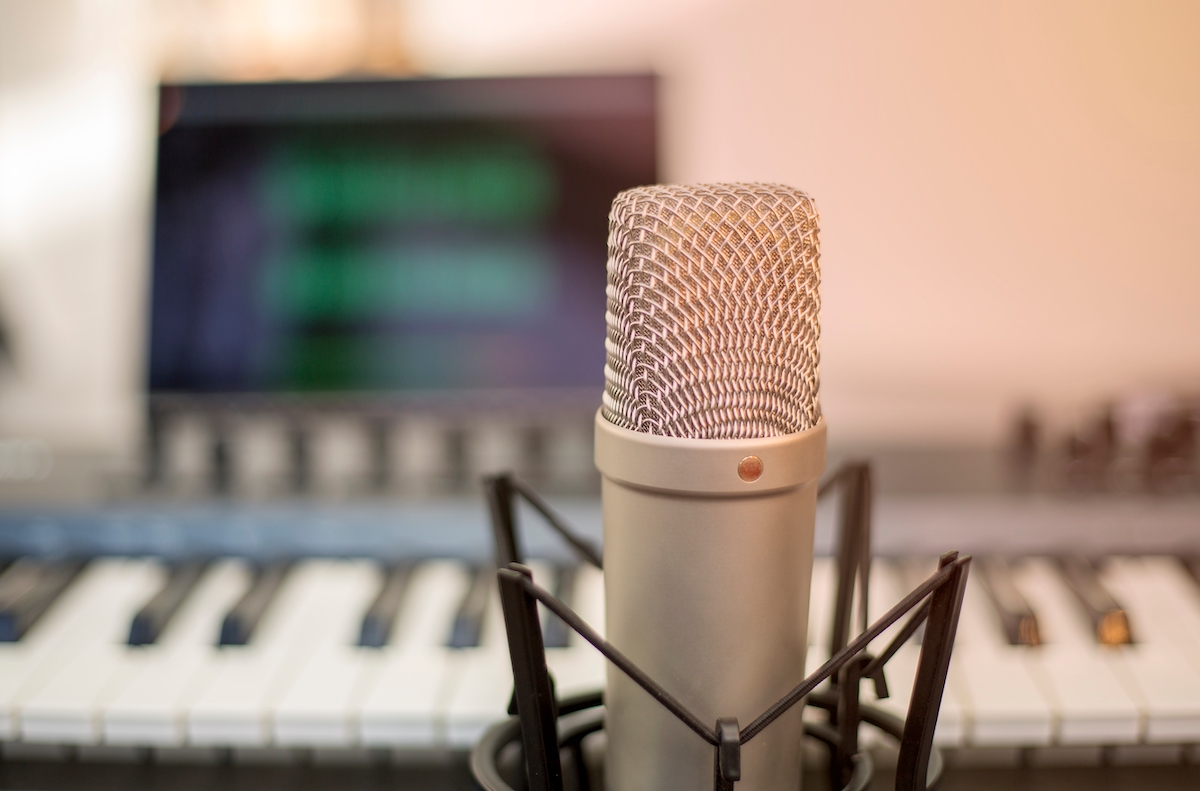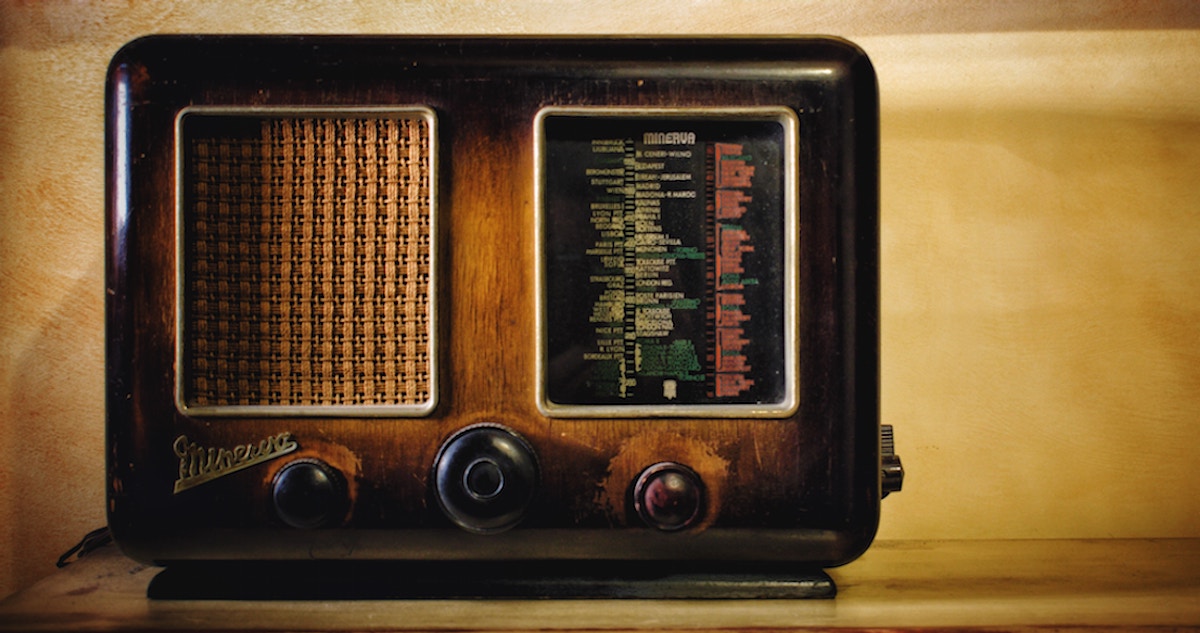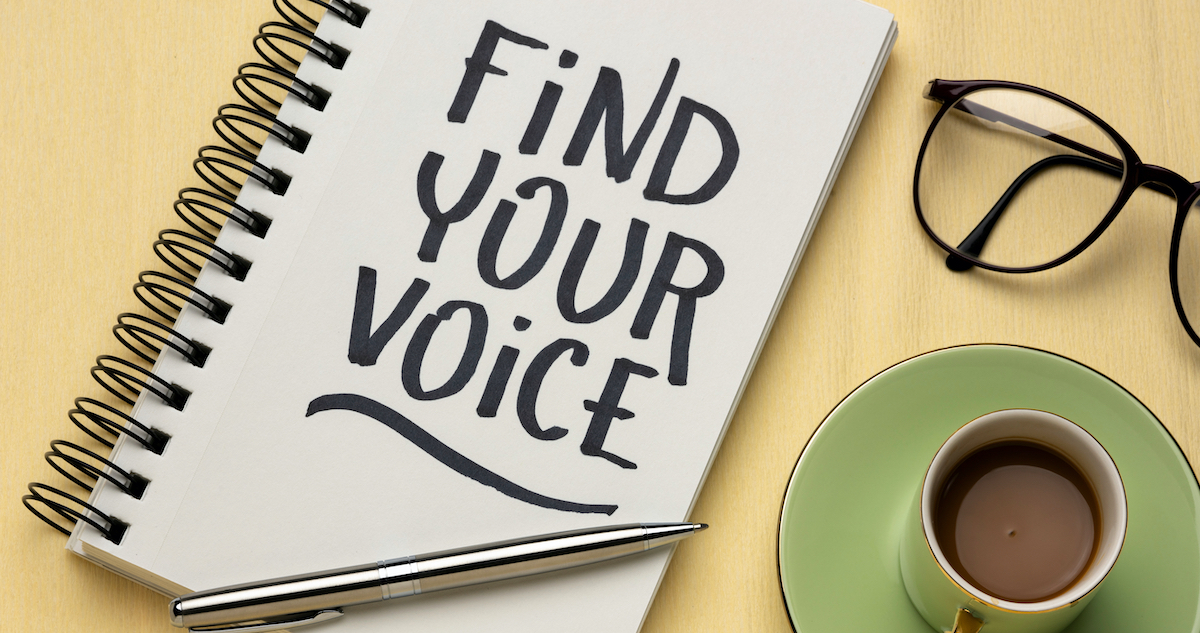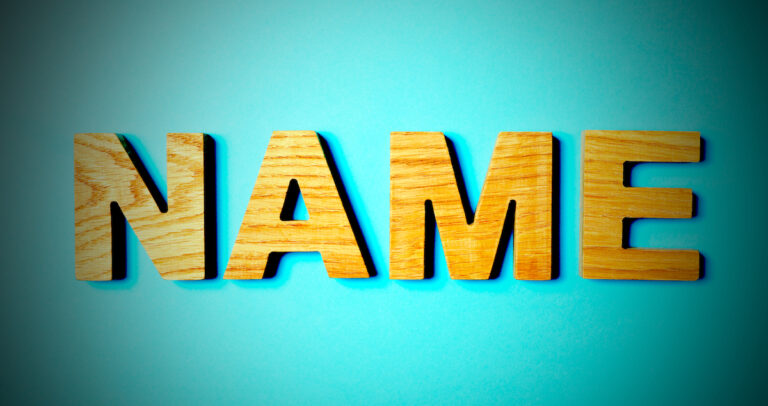Actually, that title statement is so important we’ll repeat it: in marketing, great sound really matters. Why? Well, if you’ve ever been in the park or on a neighborhood street, and heard the nostalgic song Do your ears hang low as an ice cream truck drove along, you’re likely to have been flooded with emotion.

Happiness, joy, excitement, and hunger eagerly arise when the ice cream truck’s tune plays — promising the delivery of frozen treats and sugar-highs. Unless you hated the ice cream truck.
Why bring this up? Because while we don’t encounter ice cream trucks everyday, the way sound affects emotion is something we take for granted.
It certainly deserves attention when it comes to making any kind of content that involves a voice over or any other audio — especially if you run a business and are marketing your product. Because the sound that’s in your content will affect the way your customers feel and act.
Let’s take a deeper look into this.
It’s science
The study of how sound affects emotions is called psychoacoustics. It’s definitely an interesting area of study, because the extent to which emotion can affect sound is significant.
For example, open-plan offices, while spacious and chic, can reduce productivity by 66%. The reason it hampers productivity is because open-plan offices can be insanely distracting. Not that working from home isn’t, mind you – especially when you have kids at home with you!
Without the isolation of a walled office or workspace, you’re exposed to possibly dozens of conversations at any time, the endless clacking of keyboards and clicking of mouses, and an overwhelming volume of noise.
So if psychoacoustics matter so much to the way we behave and feel, it’s definitely going to affect how well your marketing goes.
How to apply psychoacoustics to your business
There are a few elements of sound that we can use to understand how our psychoacoustics are affecting our audiences. We’ll consider timbre, pitch, pace, and volume.
Timbre
Timbre is another word for tone, and describes the quality of a sound. Words to describe timbre include: round, sharp, brassy, dull, earthy, light, and so on. It can get a bit obscure, but the main focus is how it makes people feel.
For example, the sharp pang of a brass instrument might make someone feel alert. Or perhaps the warm sound of a string bass being plucked might make someone feel comfortable and safe.

When it comes to your marketing, these tonal qualities are going to influence how your target audience feels. It’s good to pay attention to any music or sounds you’re using, and think about whether or not it fits the theme and message of the content.
It might seem like nitpicking, but examining your sound closely for its effects can help. Take for example: picking a soundtrack for a video marketing your health product. Sure, the soundtrack can sound joyful, but is it making the audience too relaxed? Would it be better to have a soundtrack that makes people feel active?
Pitch
Pitch refers to how high or low a sound is. It’s actually used to measure the frequency of vibration of sound waves, in hertz (cycles per second).
For pitch, we can refer back to the instrument example above. Lower-pitched instruments like the string bass can elicit sturdy or serious emotions, while higher-pitched instruments like a violin can feel energetic and light.
Naturally, the pitch in the sound you use in your marketing is going to determine the emotional response from your audience. It’s good to pay attention to whether or not the pitch is right for your content.
Pace
Pacing or tempo refers to the speed at which sound is played and heard.
The use of pacing is intuitive; sounds that are emphasized continuously in a break-neck speed are going to elicit excited or engaged emotions. Whereas a slow, drawn-out voice over might take audiences’ attention on a smooth ride.
It’s good to consider the pacing of your sounds and whether they’re stimulating enough, or whether they’re too engaging and exciting.
Volume
Volume is simple, referring to the loudness of sound.
The use of volume is intuitive too. The roaring explosions of an action movie are definitely going to make a different emotional impact than the quieter sound of a hushed conversation at a dinner table.
Just note that the more sound there is going on in your content, the louder it’s going to seem. So while it may seem like a good idea to stuff a video with a dozen sound sources with the right timbre, pitch and pace, it may be overwhelming.
A voice over
You know what’s really cool? Watching and listening to a voice actor make masterful use of these elements. We’ve definitely taken a scientific breakdown of psychoacoustics, but when voice actors employ these characteristics in a voice over, it’s an art.

A lot of marketing benefits from having a voice over — the voice is a natural and effective way of connecting with an audience. And voice actors intuitively know how to use timbre, pitch, pace and volume to transmit the right message.
Simply put, professional voice actors are great at affecting emotions, and that can be great for your business. Looking for a voice over? Voice123 has a vast range of professionals ready to work with you and your project. Get the emotional response and action you need! We’re a few mouse-clicks away!




































































































